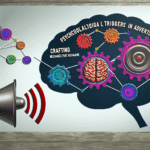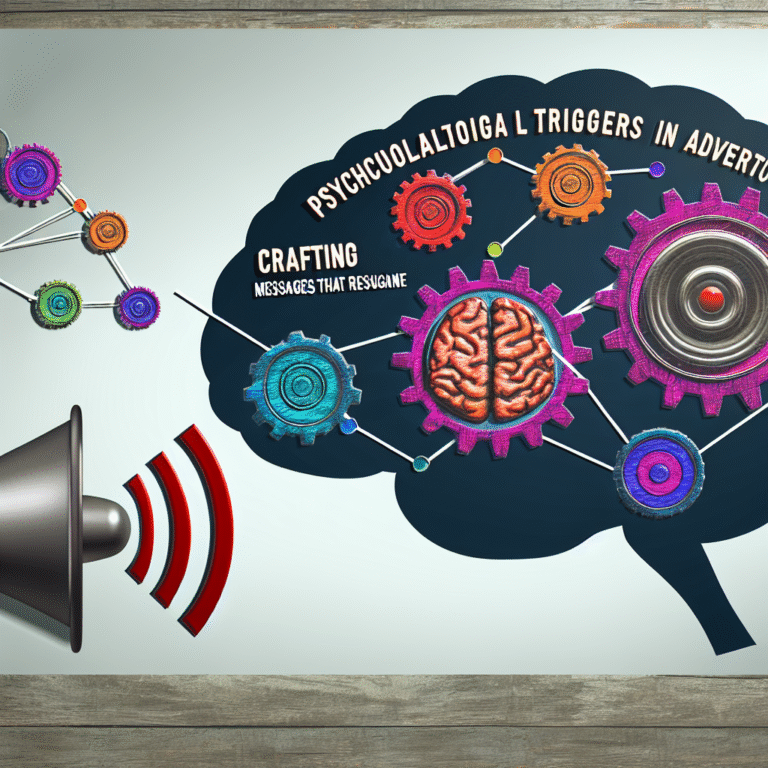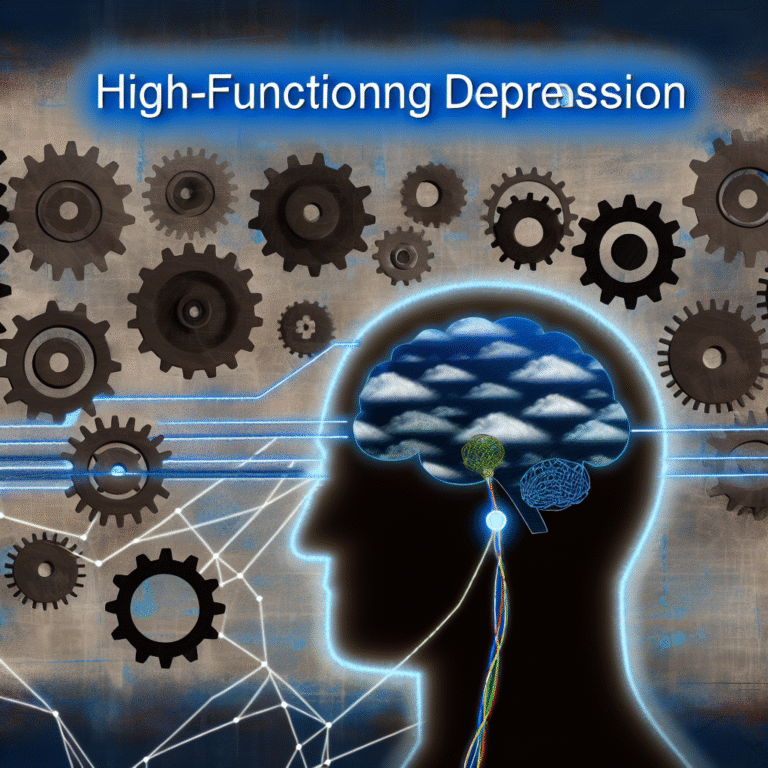
Introduction
In a world teeming with interactions and relationships, the ability to unveil deception can be a relationship’s saving grace. Imagine this: You’ve been in a committed relationship for years, filled with laughter, shared dreams, and intimate moments. Yet, an undercurrent of doubt creeps in, fueled by suspicious behavior or broken trust. How do you navigate these murky waters? Unveiling the truth by detecting deception can not only save your relationship but can also lead to a deeper understanding and stronger bond.
In this article, we will explore how unveiling the truth through the art of detecting deception can rescue relationships from the brink of collapse. From understanding psychological cues to employing practical strategies, we’ll arm you with the insights necessary for a healthier, more transparent partnership.
The Psychological Underpinnings of Deception
Understanding Why People Deceive
Deception is as old as human civilization. Often rooted in fear or self-preservation, people may lie to avoid conflict, shield someone else’s feelings, or escape accountability. Understanding these motivations is the first step in effectively detecting deception.
Table: Common Reasons for Deception in Relationships
| Reason | Description |
|---|---|
| Fear of repercussion | Concern about the consequences of telling the truth. |
| Protecting feelings | Desire to spare someone’s feelings from hurt. |
| Personal gain | Seeking an advantage, whether in resources or emotional benefit. |
| Avoiding conflicts | Wanting to prevent potential arguments or disagreements. |
Psychological Cues to Watch For
Detecting deception requires a keen eye for psychological cues. Research suggests that liars often exhibit certain behaviors:
- Inconsistent Stories: Their narratives may change, revealing gaps in details over time.
- Nonverbal Cues: Hesitation, lack of eye contact, and fidgeting can be telltale signs.
- Overly Elaborate Explanations: Liars may overcompensate with excessive detail to appear more credible.
Each of these cues can serve as a clue in unveiling the truth: how detecting deception can save relationships.
Strategies for Detecting Deception
1. Building Trust: The First Line of Defense
Before attempting to detect deception, it’s critical to establish an environment of trust. When open communication exists, any deviation becomes more apparent. Here, we’ll cover techniques to build and foster trust within relationships.
Case Study: Rebuilding After Betrayal
In a poignant case, Anna and John faced the fallout of infidelity. Initially, Anna’s instincts suggested something was amiss. By addressing feelings and fostering a safe space for discussion, they rebuilt their relationship, learning that trust is not merely about transparency; it’s also about vulnerability and open dialogue. Unveiling the truth in their situation served as a catalyst for healing, illustrating how detecting deception can save relationships.
2. Asking the Right Questions
In conversations that may reveal deception, the right questions can make all the difference. Open-ended questions encourage fuller responses, while follow-ups can highlight inconsistencies.
Example Questions:
- "Can you tell me more about that day?"
- "Why do you think you handled it that way?"
Encouraging honesty through thoughtful inquiries can help unveil the truth.
3. Recognizing Red Flags
For effective deception detection, need to identify red flags, which often signal deeper issues:
- Changes in Communication Patterns: An increase in defensive responses might signal discomfort with the topic at hand.
- Withdrawal from Emotional Engagement: A partner who suddenly becomes emotionally distant may be shielding themselves or hiding something.
4. The Power of Emotional Intelligence
Harnessing emotional intelligence can greatly aid in detecting lies. It involves being in tune with one’s own emotions and those of partners. This capacity allows individuals to respond to emotional cues, discerning when something feels off.
Case Study: The Unearthed Lies
Consider the case of Mark and Lisa; Mark noticed a shift in Lisa’s tone and body language during conversations. Trusting his instincts, he probed gently. His emotional awareness led Lisa to confess—her health struggles had caused her to withdraw. By creating a compassionate space, Mark unveiled the truth, reinforcing their bond.
5. Use Technology Mindfully
In today’s digital age, technology can often expose inconsistencies:
- Monitoring Communication: While trust is paramount, being aware of changes in text communication patterns can provide insights.
- Social Media Clues: The juxtaposition of online personas and reality sometimes highlights discrepancies that are worth exploring.
However, technology should not be misused to invade privacy, as this may erode trust.
Maintaining Healthy Communication
1. Active Listening
Being genuinely attentive during conversations enhances understanding and empathy, essential components in unveiling truths. Active listening allows partners to feel valued and encourages open discussion of sensitive topics.
2. Nonviolent Communication
Adopting nonviolent communication strategies can help facilitate dialogue that bridges gaps rather than creating further divides.
Structure of Nonviolent Communication:
- Observation: Describe without judgment.
- Feelings: Share personal emotions linked to the observation.
- Needs: State needs.
- Requests: Suggest actionable requests.
3. Regular Check-Ins
Instituting regular emotional check-ins can become a poignant tool in smoothing out potential issues. These meetings provide a structured time for both partners to address grievances or suspicions calmly, turning potential points of contention into opportunities for deeper understanding.
The Role of Forgiveness
Learning to Forgive
While detecting deception is pivotal, so too is the capacity for forgiveness. Forgiveness does not negate accountability; instead, it fosters healing.
Case Study: The Path to Recovery
After uncovering a partner’s lies, Sarah felt betrayed but chose to approach the situation with a mindset focused on healing. Through open communication, she gradually turned towards forgiveness. This choice not only saved her relationship but led to greater honesty from both sides. They learned that unveiling the truth is often the first step on the path to mutual forgiveness and growth.
Conclusion
Unveiling the truth: how detecting deception can save relationships is an endeavor filled with complexity and reward. By understanding the psychological nuances of deception, employing effective communication strategies, and fostering a culture of trust, couples can navigate the intricacies of their relationships with grace.
The journey toward transparency fosters resilience and deep connection, transforming obstacles into pathways for growth. Taking proactive steps rooted in love, empathy, and understanding can illuminate the dark corners of uncertainty, ultimately strengthening partnerships.
As you leave this guide, remember that every challenge reflects an opportunity—a chance to deepen your connection and nurture a more profound gratitude for honesty in love.
FAQs
1. How can I tell if my partner is lying?
Keep an eye out for inconsistencies in their stories, changes in body language, or unusually defensive responses when you ask questions.
2. Is it wrong to check my partner’s phone for signs of deception?
While it may be tempting, invading privacy can erode trust. Open communication is generally the healthier approach.
3. What if I uncover deception but want to maintain the relationship?
Focus on addressing the issue with empathy. Choose communication styles that promote healing and understanding rather than blame.
4. How can I rebuild trust if it’s been broken?
Be patient. Rebuilding trust takes time. Engage in open, compassionate discussions and establish healthy routines that emphasize transparency.
5. Are there professionals who can help with relationship deception?
Yes, relationship counselors or therapists can provide tools, support, and strategies for couples dealing with deception and trust issues.
In summary, recognizing and handling deception is crucial for enduring relationships. By fostering transparency and open communication, we pave the way for deeper connections built on trust.

















